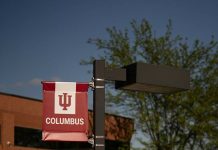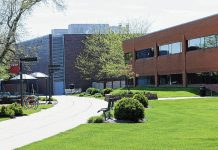In recent years, Columbus officials have spent months examining some of the city’s biggest projects.
The timelines below show the different approaches on four projects — including how they were set up, how much was or was not done in public and how community experts and community members were used or not used to get input.
The use of stakeholder committees — made up of community residents who have interest, insight or expertise in a project — reflects a tradition on public-private partnerships that has become known as “The Columbus Way,” an approach to decision-making and information gathering that emphasizes collaboration, communication and openness to differing opinions.
Because the stakeholder committee members for the Crump and amphitheater projects were not appointed by a public board or board president, Indiana’s Open Door Law did not require public notice of their meetings or for them to be open to the public. However, the stakeholder committees did have open sessions seeking public input and feedback.
In the Walesboro airport development project, Mayor Kristen Brown — instead of using a stakeholder committee — involved members of the aviation board or redevelopment commission that she appointed, plus Doug Pacheco, hired by the redevelopment commission that she chairs.
Most of the discussion about the Walesboro project was done in private, although two votes on it were made in a public meetings as is required by law. No presentations were made to the public, city council or redevelopment commission, however.
In the Second and Lafayette streets hotel and retail project, a stakeholder committee was not used. But the mayor called a joint meeting between the redevelopment commission and city council to brainstorm about ideas for the acreage.




